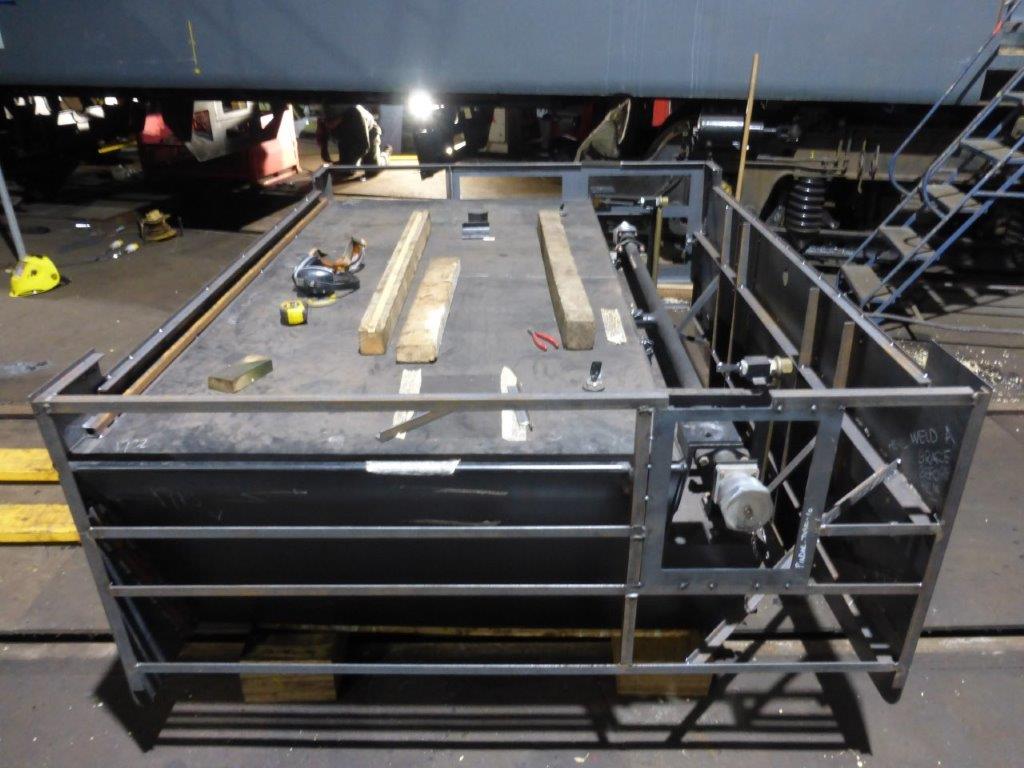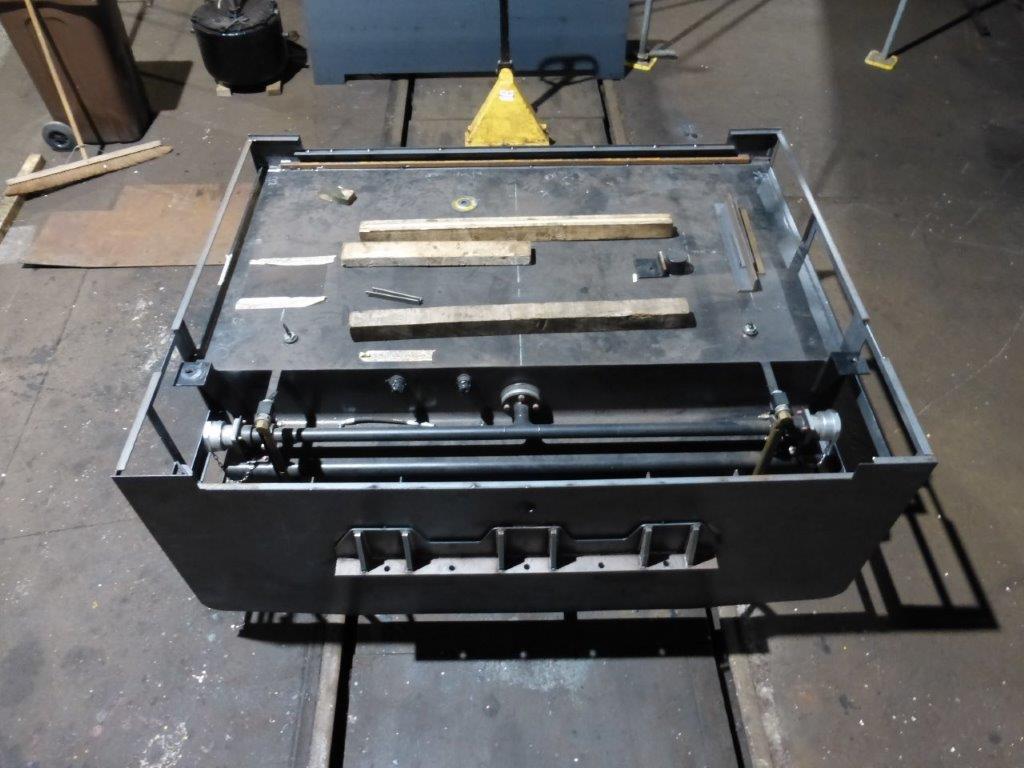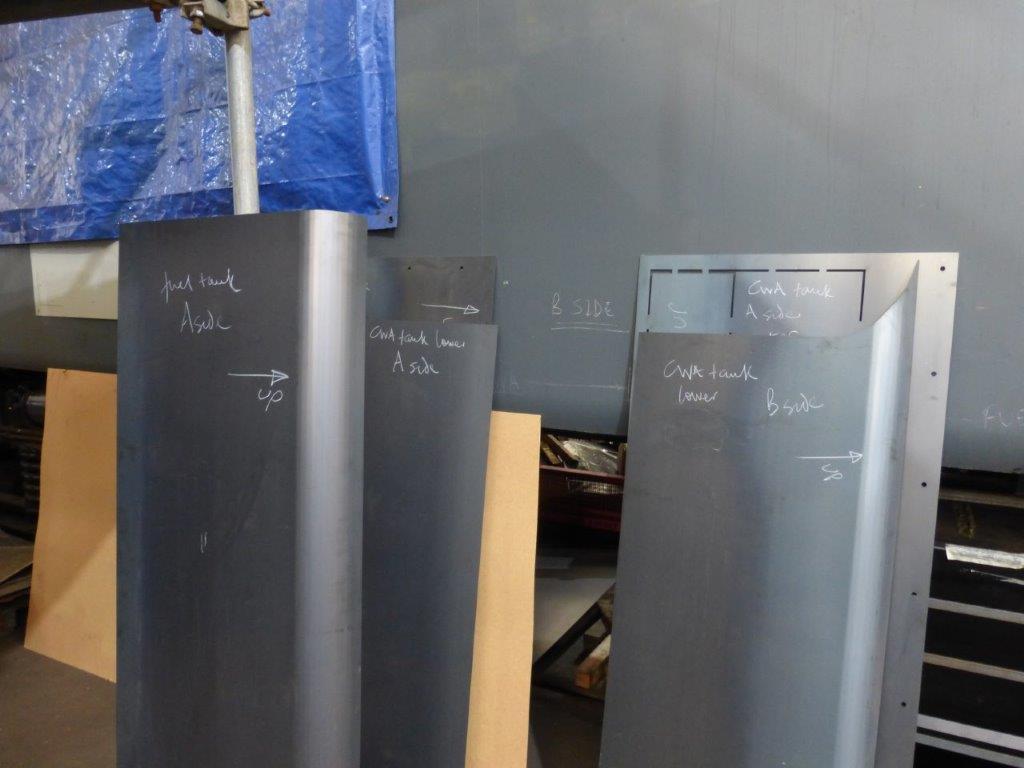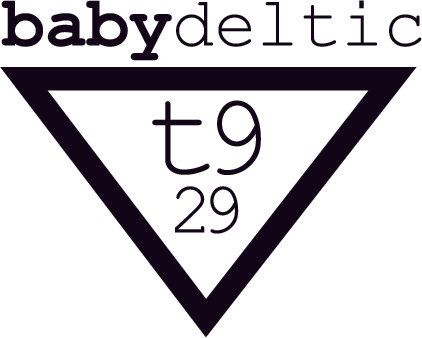News, 1 March 2022
News. 1 March 2022
The fuel tank is nearly complete now. It's been removed for the last time so that all the inaccessible (with it fitted) welds can be laid in. Once the framework is fully-welded the sides and bottoms will be put on and the tank re-fitted, hopefully never to be removed again. Note the 'picture frame' around the fuel filler in the photo below. This enables us to use the pre-existing fillers on the Class 158 tank rather than adding extra pipework to get the fillers in the correct (OE) position. We will still add fillers where they were for appearance but they, like the bulk of the fuel tank, will be dummies for visual effect.

A different view of the tank, seen end-on here. Looking at the bracket in this photo and comparing it with the framework photo above it can be seen that the bracket does (virtually) nothing. Like so much that we have had to adapt and alter it exists almost entirely so that the recreation is as close as we can possibly make it. It would have been easy to leave it off entirely - there's no structural reason for it being there - but the loco would have been lesser for its exclusion.
This end of the tank is supported by two brackets at either side of the structure - seen here above the fuel fillers. This brackets are bolted to the loco on two new hangers shown in previous updates.

A couple of weeks ago another load of laser-cut steel was delivered to finish off the fuel tank and construct the dummy CWA tank. Seen on the left of this shot is one of the radiused lower sections for the fuel tank.
On the right is one of the radiused lower sections for the dummy CWA tank.
Although we've explained previously we do get questions about a 'dummy CWA' tank. CWA is an acronym for Carriage Warming Apparatus (a boiler). The original locos had boilers to provide carriage heating and these boilers were supplied with water from a CWA water tank mounted underneath the loco, next to the fuel tank.
The recreated loco will not have a boiler and so there is no need for a water tank. However, there is a need for somewhere to hide air receivers which are needed for the dual braking ability which the loco will have. On the donor loco these were inside the engine room but having reduced the length of the loco we don't have the room internally for them and the space where the CWA tank was is ideal. They can be hidden away quite easily and no-one will know any different.

